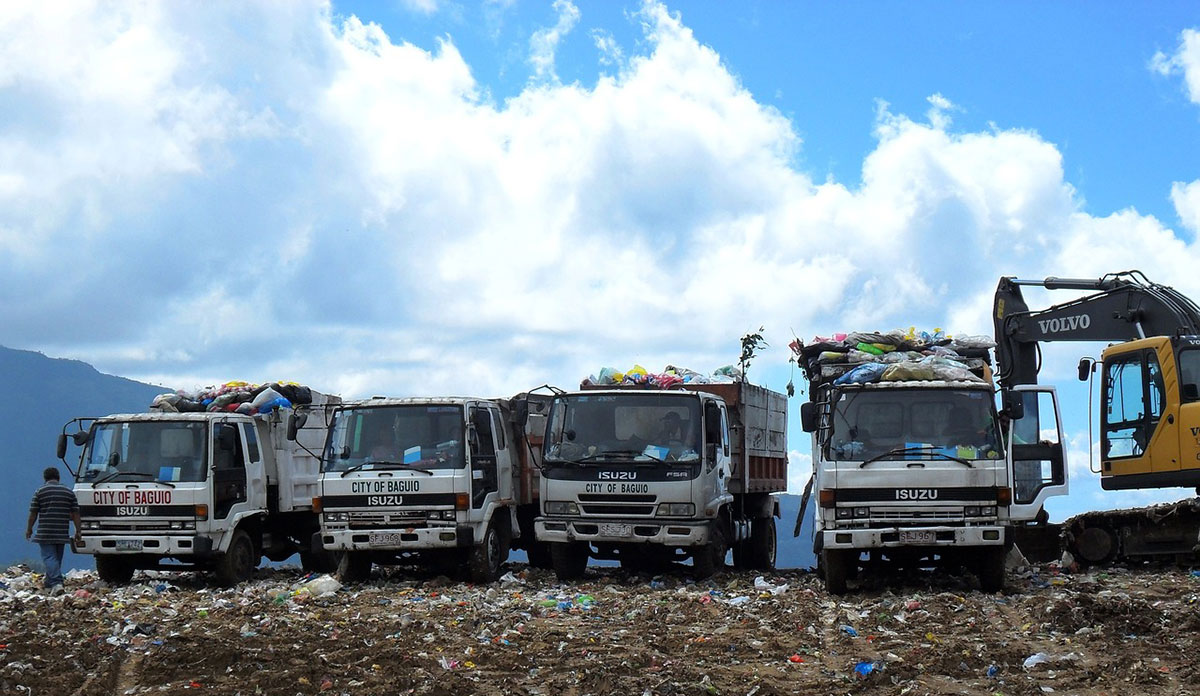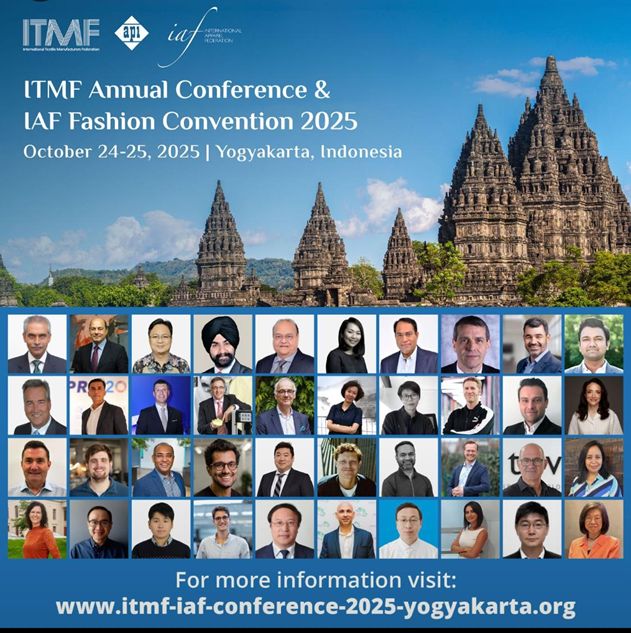
Huge mountains of discarded apparels are ending up in global landfills and the rest is shipped in the name of worthless donations to poorer countries in the global south. This is causing an environmental, economic, and social catastrophic situation. In fact, Africa has emerged the favorite dump yard of the world, and governments around the world including countries at fault are addressing waste colonialism from the Global North.
Regulators in the US and Europe are waking up to the mounting clothing waste problem that is clogging local landfills and introducing a new legislation called Producer Responsibility (EPR). This legislation requires brands to be responsible for environmental pollution and pay fees based on their product manufacturing output or set up their recycling programs which are applicable for other hard-to-recycle goods such as batteries, mattresses, and medical sharps.
Fashion brands to be accountable for over-production
The EPR legislations are based on the principle that manufacturers are the ones with the most control over product design and marketing and thus have a firm hold on controlling toxicity and waste and need to be held responsible instead of simply passing the buck on. The EPR legislation may take the form of a reuse, buyback, or recycling program.
The days of the use-and-throw policy seem on the way out as EPR regulations are forcing garment manufacturers to take responsibility for the impact of their product in the final stage of its life cycle and after consumption so that they design products that minimize environmental pollution.
The new legislation would be binding on many fashion companies to fund their respective textile recycling programs while paying for the volume of clothing they produce under rules separately proposed in California, New York, Sweden, the Netherlands and Italy and is under discussion in the UK and EU. Having remained relatively unchecked for decades, textile waste totals about 4 million tons each year in the EU while in the US, it is around 17 million tons in 2018, up 80 per cent from 2000.
France, Netherland and Sweden lead EPR campaign
In many countries such as France, this EPR program has now been passed into law to cover end-of-use clothing, linen, and shoes from January 2020. Last year, France targeted collecting 50 per cent of all the textiles put on the market, and from this collection, it aimed to reach 95 per cent reuse or recycling of textiles, and a maximum of 2 per cent waste. Several other European countries including the Netherlands and Sweden are also currently planning to strictly impose the EPR legislation.
Netherlands in fact has targeted by 2025 50 per cent textile products should be recycled or reused and are making it necessary for producers to report their figures annually so that by 2030, this target will increase to 75 per cent. In Sweden, EPR for textiles started in 2022 and is expected in 2028, at least 90 per cent of textile waste collected by the new system will be reused or sent for material recovery. Sweden’s target by 2028 is to reduce the average amount of textiles sent to landfill by 70 per cent. Many fashion brands such as H&M have already endorsed the bill and want to use 100 per cent recycled or sustainably sourced materials by 2030 although a lot of this high-tech material is currently not even commercially available.
Lululemon Athletica recently partnered Sydney-based Samsara Eco to turn apparel waste into recycled nylon and polyester. US-based Evrnu, is also working on converting clothing waste into yarns for new fabrics, and its first-ever product called Nucycl, made from discarded textiles with 98 per cent cotton content is already used by Zara and Pangaia. Premium footwear brands such as Adidas has launched their Ultra Boost ‘Made to be Remade’ trainers which are totally recyclable while outdoor brand Decathlon uses 39 million discarded plastic bottles each year to create hiking fleeces made of recycled polyester.
Resale, rental and repair will also help ensure garments are worn more times before entering waste streams and the new EPR legislations is expected to ensure that ensure that these stream outlets get narrower over the next decade.












